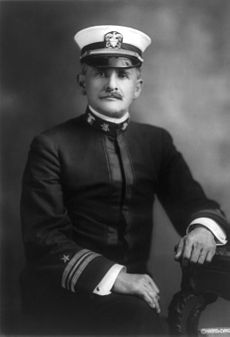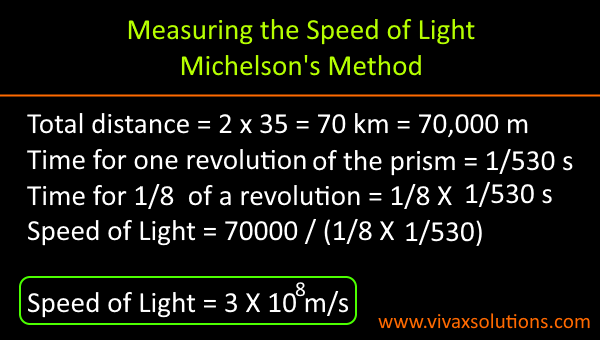In 1926, Albert Michelson, the German-born American physicist, came up with a method to measure the speed of light to a high degree of accuracy despite the technology not being advanced enough at that time.
In recognition of his achievement in the field of science, he was awarded the Nobel Prize for physics in 1907.
He managed to mount an octagonal-shaped prism on Mount Wilson and a combination of a concave mirror and a plane mirror on another mountain peak, 35km away in such a way that both were in line of sight.
The prism was mounted on a shaft attached to a variable motor the speed of which Michelson could change.
A beam of light was then arranged to hit the revolving octagonal prism. The beam, reflected at a side of the prism, then went and it the concave mirror and the plane mirror respectively, before coming back to hit the prism again.
Michelson managed to control the speed of the rotation until he could see the reflected beam through a telescope.
He found out when the speed of rotation is 530 revolutions per second, the reflected beam could be seen through the telescope.
Since the distance between the mirrors and Mount Wilson was 35 km, Michelson calculated the speed of light as follows from this observations and measurements:








0 comments:
Post a Comment